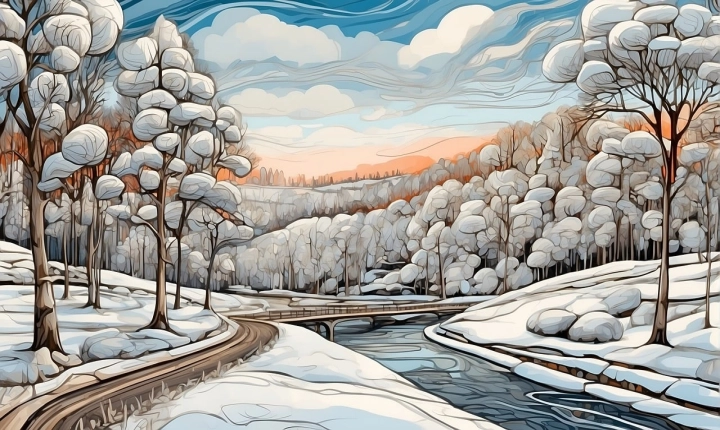Title: How to Create AI-Generated Pictures
In recent years, the field of artificial intelligence has made tremendous strides, especially in the creation of AI-generated images. With the help of advanced algorithms and deep learning techniques, it is now possible to generate stunning and realistic images that were previously only conceivable by human artists. In this article, we will explore the process of creating AI-generated pictures and the tools and techniques involved.
Step 1: Choose the Right Tool
There are several tools and platforms available for creating AI-generated pictures. One of the most popular options is generative adversarial networks (GANs), which consist of two neural networks – a generator and a discriminator – that work together to produce high-quality images. Other options include OpenAI’s DALL-E and NVIDIA’s StyleGAN, both of which are capable of generating diverse and realistic images.
Step 2: Gather Training Data
The quality of AI-generated images heavily depends on the training data used to train the algorithms. Therefore, it is essential to gather a diverse and extensive dataset of images relevant to the desired output. The dataset may consist of photographs, illustrations, or any other visual content that aligns with the intended style and theme of the AI-generated pictures.
Step 3: Preprocess the Data
Before feeding the training data into the AI model, it is crucial to preprocess and clean the data. This may involve tasks such as resizing, normalization, and augmentation to ensure that the images are in a format suitable for training the AI model effectively.
Step 4: Train the AI Model
Training an AI model to generate pictures involves feeding the preprocessed data into the chosen algorithm and adjusting the model’s parameters to optimize the image generation process. This step can be computationally intensive and may require access to high-performance hardware, such as GPUs, to accelerate the training process.
Step 5: Fine-Tune the Output
After the initial training, it is common to fine-tune the AI model to improve the quality and diversity of the generated images. This process may involve adjusting the model’s architecture, hyperparameters, or incorporating additional techniques such as style transfer to achieve the desired output.
Step 6: Generate Images
Once the AI model is trained and fine-tuned, it can be used to generate a wide variety of images based on user input or random sampling. The generated images can be further processed or curated to create visually appealing and unique artwork.
Step 7: Evaluate and Refine
It is important to evaluate the quality of the AI-generated pictures and refine the model as necessary. This may involve gathering feedback from users, analyzing the diversity and realism of the generated images, and making continuous improvements to the AI model.
In conclusion, creating AI-generated pictures is an exciting and rapidly evolving field that holds immense potential for creative expression and practical applications. By following the steps outlined in this article and leveraging the latest tools and techniques in artificial intelligence, individuals and organizations can harness the power of AI to generate captivating and original images. As AI continues to advance, the possibilities for AI-generated pictures are boundless, opening up new avenues for artistic expression and visual storytelling.
